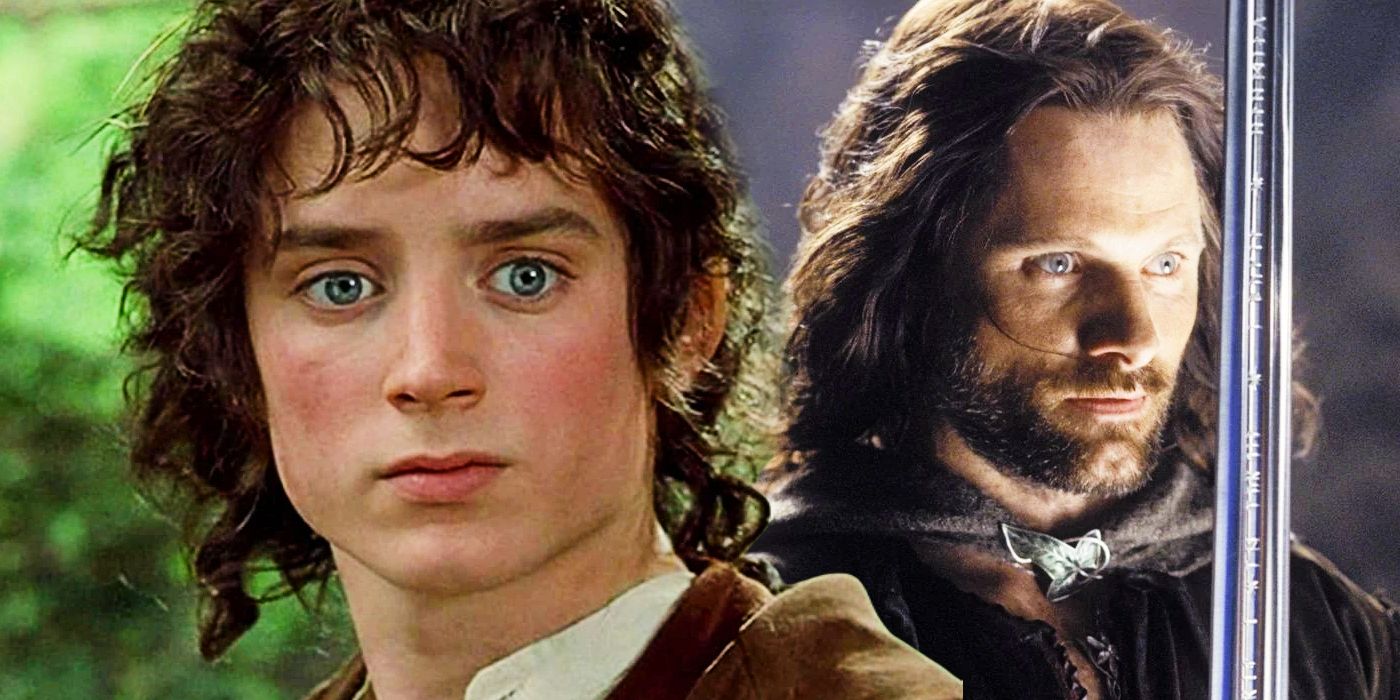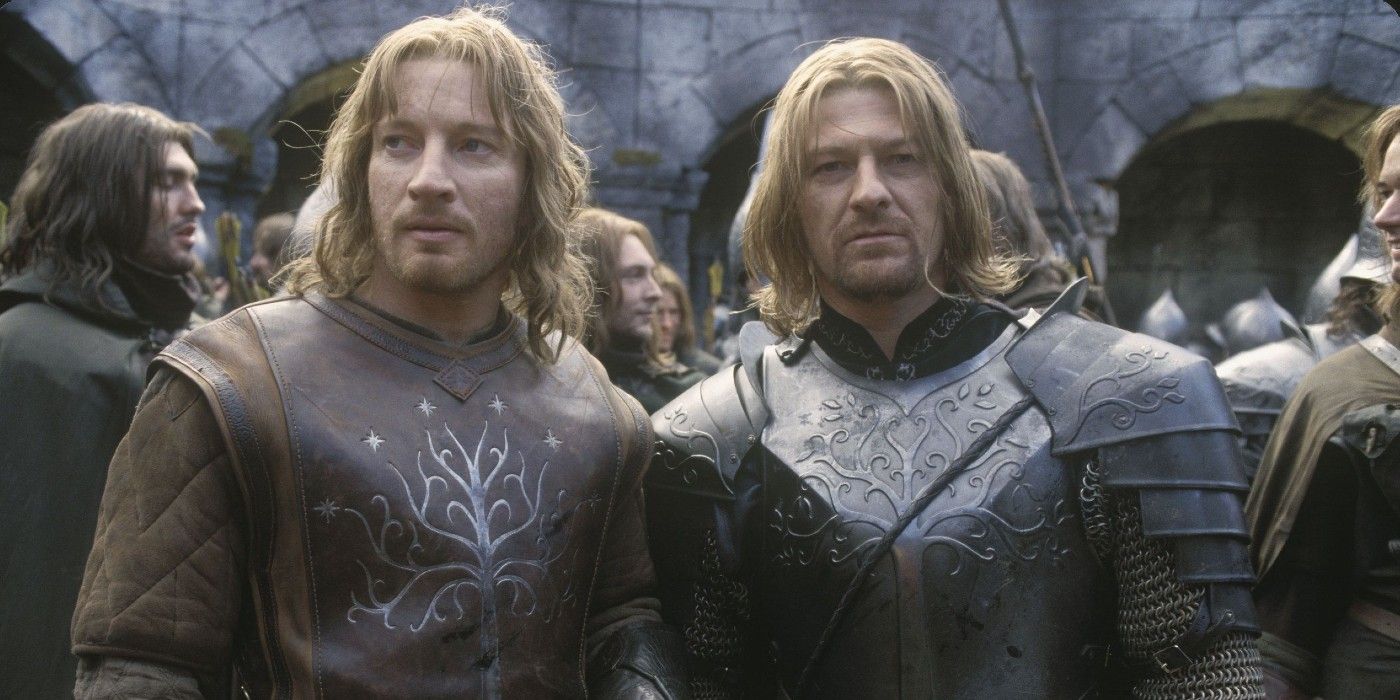The Lord of the Rings
15 Aspects of Lord of the Rings That Haven’t Aged Well

- Lack of Diversity in Casting: The original “Lord of the Rings” trilogy predominantly features white actors in major roles, reflecting a lack of racial diversity in its casting choices. This underrepresentation fails to reflect the diversity of the real world and perpetuates a narrow view of who can be a hero in fantasy narratives.
- Gender Imbalance in Character Representation: While “Lord of the Rings” includes strong female characters like Arwen and Éowyn, their roles are often limited compared to their male counterparts. Female characters are frequently relegated to supporting roles or romantic interests, rather than being given equal agency and importance in the narrative.
- Racial Stereotyping of Orcs and Uruk-hai: The portrayal of Orcs and Uruk-hai as inherently evil and monstrous beings perpetuates racial stereotypes. These races are depicted as uniformly savage and devoid of individuality, reinforcing harmful tropes of “otherness” and dehumanization.
- Colonialist Undertones: The narrative of “Lord of the Rings” features a clear distinction between the “civilized” races of Men and Elves and the “savage” races of Orcs and Goblins. This dichotomy reflects colonialist ideologies of superiority and justifies the domination of one group over another.
- Absence of LGBTQ+ Representation: “Lord of the Rings” lacks any explicit representation of LGBTQ+ characters, contributing to the erasure of queer identities in mainstream media. This absence reinforces heteronormative norms and marginalizes LGBTQ+ audiences.
- Stigmatization of Mental Health: Characters like Gollum, whose struggles with mental health are portrayed as a source of villainy, perpetuate harmful stereotypes about mental illness. The portrayal of Gollum as deceitful and dangerous reinforces negative stereotypes and fails to provide a nuanced understanding of mental health issues.
- Whitewashing of Characters: The casting of non-white characters, such as the men of the South, as villains or expendable extras perpetuates racial biases and reinforces stereotypes of people of color as inherently threatening or inferior.
- Lack of Female Fellowship Members: The absence of female members in the Fellowship of the Ring reinforces gender stereotypes and perpetuates the idea that women are less suited for adventurous quests or leadership roles.
- Fat-Shaming of Hobbit Characters: Characters like the hobbits are frequently depicted as comic relief due to their size and appetite, perpetuating stereotypes about body image and weight. This fat-shaming contributes to negative attitudes towards people of larger body sizes.
- Heteronormativity in Relationships: “Lord of the Rings” exclusively portrays heterosexual relationships, reinforcing societal norms and marginalizing LGBTQ+ identities. This heteronormative representation fails to reflect the diversity of human relationships and experiences.
- Limited Character Development for People of Color: Characters of color, such as the Haradrim and Easterlings, are often depicted as one-dimensional and lacking in depth compared to their white counterparts. This limited representation contributes to the marginalization of people of color in fantasy narratives and reinforces stereotypes.
- Exoticization of Non-Western Cultures: Cultures outside of the Shire and Gondor are often exoticized and portrayed as “other,” reinforcing stereotypes and perpetuating orientalist tropes. This exoticization contributes to the erasure of diverse cultural experiences and perspectives.
- Gendered Stereotypes in Role Assignments: Female characters are often relegated to roles of caregivers or love interests, reinforcing traditional gender roles and limiting their agency and complexity. This gendered division of labor perpetuates stereotypes and fails to reflect the diversity of women’s experiences and abilities.
- Ageism in Character Depictions: Characters like Treebeard and other ancient beings are portrayed as wise but slow and outdated, perpetuating stereotypes about aging and wisdom. This ageism contributes to negative attitudes towards older individuals and fails to recognize the value of wisdom and experience.
- Limited Disability Representation: “Lord of the Rings” lacks significant representation of characters with disabilities, contributing to the erasure of disabled experiences and perspectives. This lack of representation reinforces ableist norms and fails to reflect the diversity of human abilities and experiences.

While “The Lord of the Rings” remains a beloved and influential franchise, it’s important to critically examine its portrayal of diversity, representation, and social issues, recognizing areas where it falls short and opportunities for improvement.
We bring out some of the most well-known The Lord Of The Rings collection, all of which are available at reasonable costs. Visit our link now if you are interested in the The Lord Of The Rings collection


Samwise Gamgee, Aragorn, Legolas, Gimli, Gandalf
